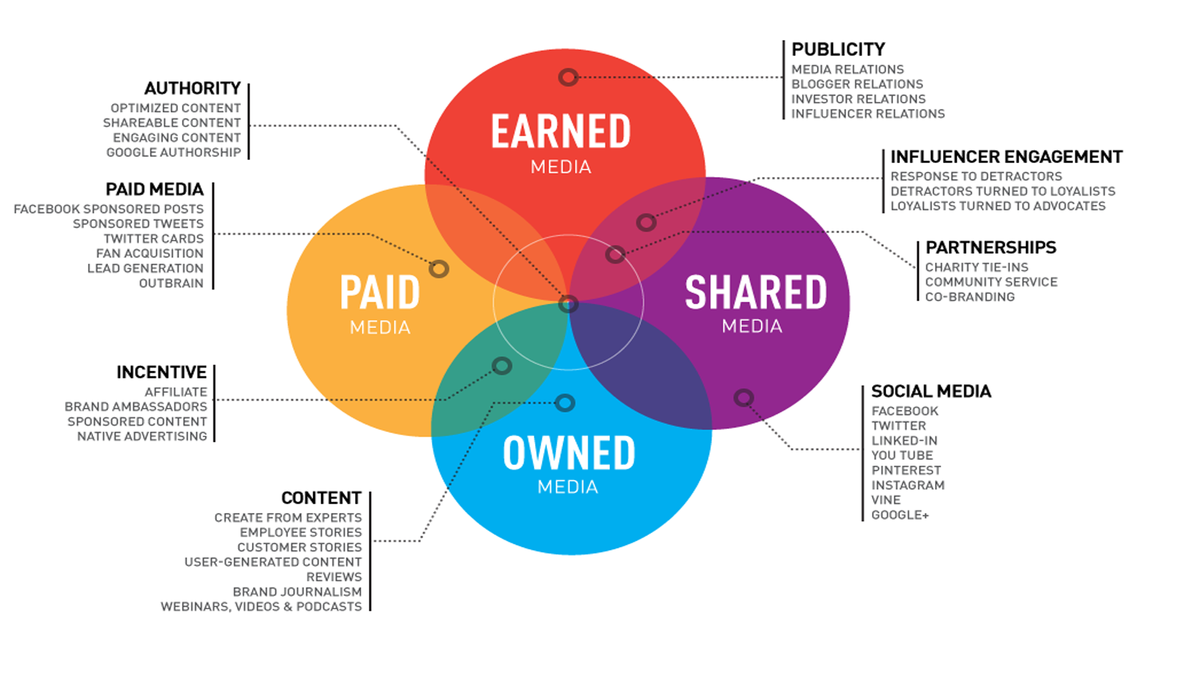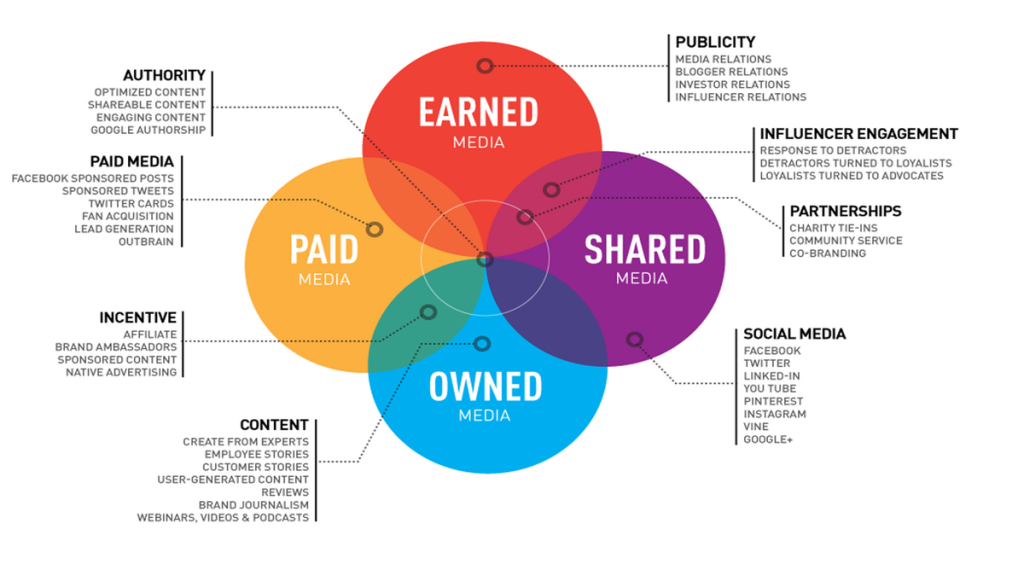Moneyball for Brands: How Communications Agencies Are Using Data Science

Before I came to Grio to do software development, I worked as an analyst at a digital marketing agency. Communications agencies are experiencing an industrial renaissance thanks to the rise of social media and the proliferation of data around consumer online behavior. Every Facebook like, every Instagram post, and every click of a link is an opportunity to measure a brand’s influence.
In the past, agencies were separated by activity, such as public relations, advertising, or branding, but these days the responsibilities are much more blurred. Clients are demanding increasingly complex marketing campaigns across multiple platforms. As a result, all firms are being asked to do more work outside of their comfort zone. Basically, clients are looking for a one stop shop for all of their marketing needs. Companies are more than happy to try to be that full service agency.
In this post I’d like to share a quick overview of the changes that communications agencies are encountering, and how they are adapting by incorporating data science into their service offerings.
Shifts in the Media Landscape

Image via Mashable
This is PESO, a popular model for the current media landscape. It was developed by the PR thoughtleader Gini Dietrich.
It suggests the following four buckets for media: paid, earned, shared, and owned.
- Paid media are advertisements. Advertising firms directly map on to this bucket.
- Earned media is coverage by others that a brand receives. For example, a story in the New York Times, or a mention on a niche blog would count as earned media. PR firms have traditionally worked in this space.
- Shared media includes partnerships and social media platforms. Since social media is relatively new, all types of communications firms are competing to offer services here.
- Owned media is everything that a company puts out on its own channels, such as the company blog or Twitter account. A branding agency or the company’s internal marketing department would traditionally create this content.
All of the media types represented in the model above have existed in the past. With the addition of social media and online publications, however, things have gotten a bit messier. Here is a more concrete example. In the past, PR firms could rely on simple clip reports of feature stories they landed in select publications to measure and report the success of their outreach to journalists.
These days, in addition to working with traditional print and broadcast journalists, public relations professionals must also build relationships with writers at online publications, bloggers, and social media influencers. They also have to purchase social media ads, whether natively on the platform, or via a negotiated sponsorship with an influencer.
After their efforts have resulted in media coverage, they now have to find a way to measure the impact of their work. They can track the volume and sentiment of their social media mentions, along with related meta-data such as ad spend, impressions, reach, engagement, click-throughs, and the actual product purchases completed via social media referral. If the campaign included a corresponding offline component, results from the offline event may need to be mapped on to the online efforts.
Data Science at a Communications Agency
Nearly all agencies have an analytics department to measure the effectiveness of their work, but some firms are adding data science teams in order to make sense of the increase in information. So what does data science look like at a communications agency?
It can look very different depending on the agency’s sophistication.
- For one agency, using data science at work might mean their analysts start using SQL instead of Excel to manage their data.
- Another agency might have a few analysts on staff who know how to code. Maybe they use Python to pull, clean, and analyze their data, or JavaScript and D3 to provide more exciting charts in their quarterly reports.
- A far more advanced and much more rare situation is an agency that has fully embraced data science by creating a separate data science department. Their team may include data scientists, statisticians, data engineers, data analysts, and data visualization experts.
The most advanced setup is rare because it requires nearly all of the stakeholders involved to understand and embrace the importance of data-driven decision making. Management has to be on board. Account executives must be able to explain the value proposition to potential clients. Clients need to be willing to invest their budget in more rigorous analysis of their marketing campaigns. Once everyone is on board, you still need to hire the team to do the actual data science work. Sourcing data scientists for marketing analytics work can be tricky since data scientists have more attractive work opportunities in non-agency settings, both in terms of compensation and the complexity of the actual data sets available to them.
What Types of Questions are Communications Agencies Asking?
Common asks for an agency’s analytics department map on to the data science lifecycle quite well.
Data Acquisition
- With the diverse media landscape illustrated in the PESO model earlier, part of the struggle is just getting the data itself. Common tasks here would be web scraping or pulling data from social media APIs such as Facebook and Twitter.
Data Preparation
- Cleaning and organizing data doesn’t sound exciting, but it’s a big part of data science. A common internal request might be a migration of data storage on Excel spreadsheets to a database and custom content management system. A more client-focused ask would be for the creation of a client friendly point and click marketing dashboard.
Data Analysis & Automation
- This is what people think of when they hear the words “data science.” Common requests include the automation of routine tasks via VBA macros, data modeling to focus ad spend for the next product launch, or the building of a recommendation engine for an online shop. Customer insights is another common task, which might involve network mapping, machine learning, or natural language processing.
Data Visualization and Storytelling
- All that data cleaning and analyzing is useless unless you can clearly communicate your findings to others. Data scientists make dry information engaging and easy to understand with compelling data visualizations and reports.
Common Tools Used by Marketing and Communications Agencies
Communications agencies tend to use Python and R for their data analysis. These languages are popular programming languages for statistics, with many existing packages focused on data analysis, such as ggPlot, NumPy, Pandas, SciKitLearn, Jupyter Notebook, and more.
For dealing with big data, Spark, Hadoop, AWS, Hive and Pig are popular.
Analysts may also integrate business intelligence or marketing specific software such as Tableau, SAS, Marketo, and the Salesforce Marketing Cloud.
As the data science teams in communications agencies mature, best practices and more uniform research offerings will be created. For now, the sky’s the limit.